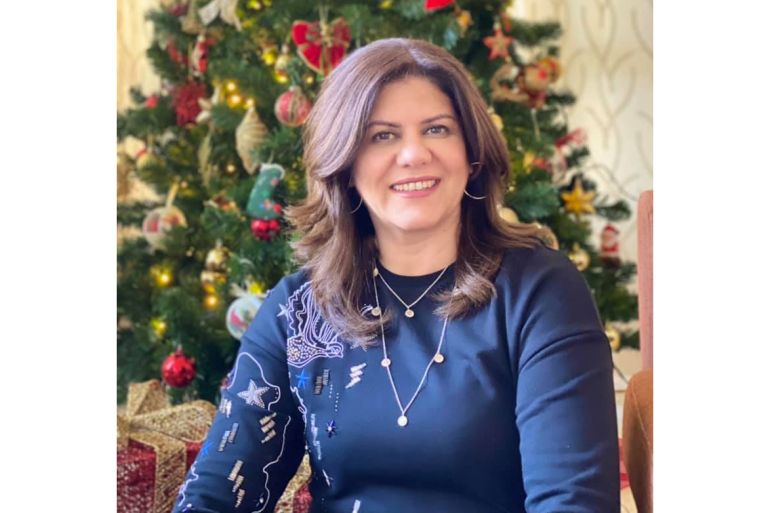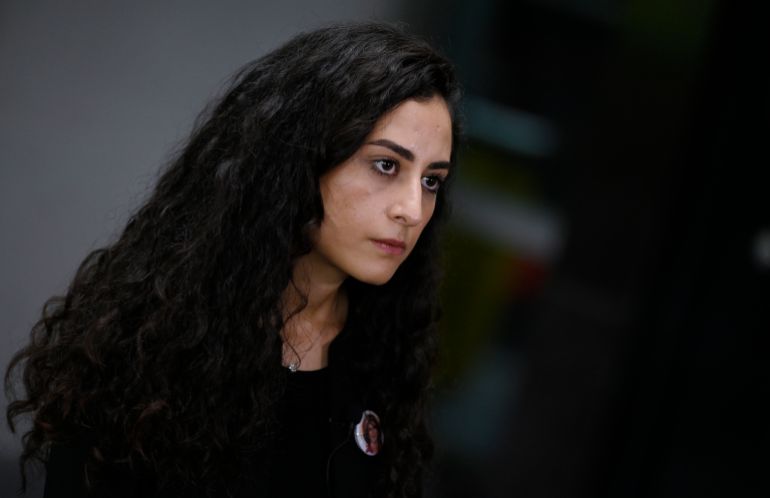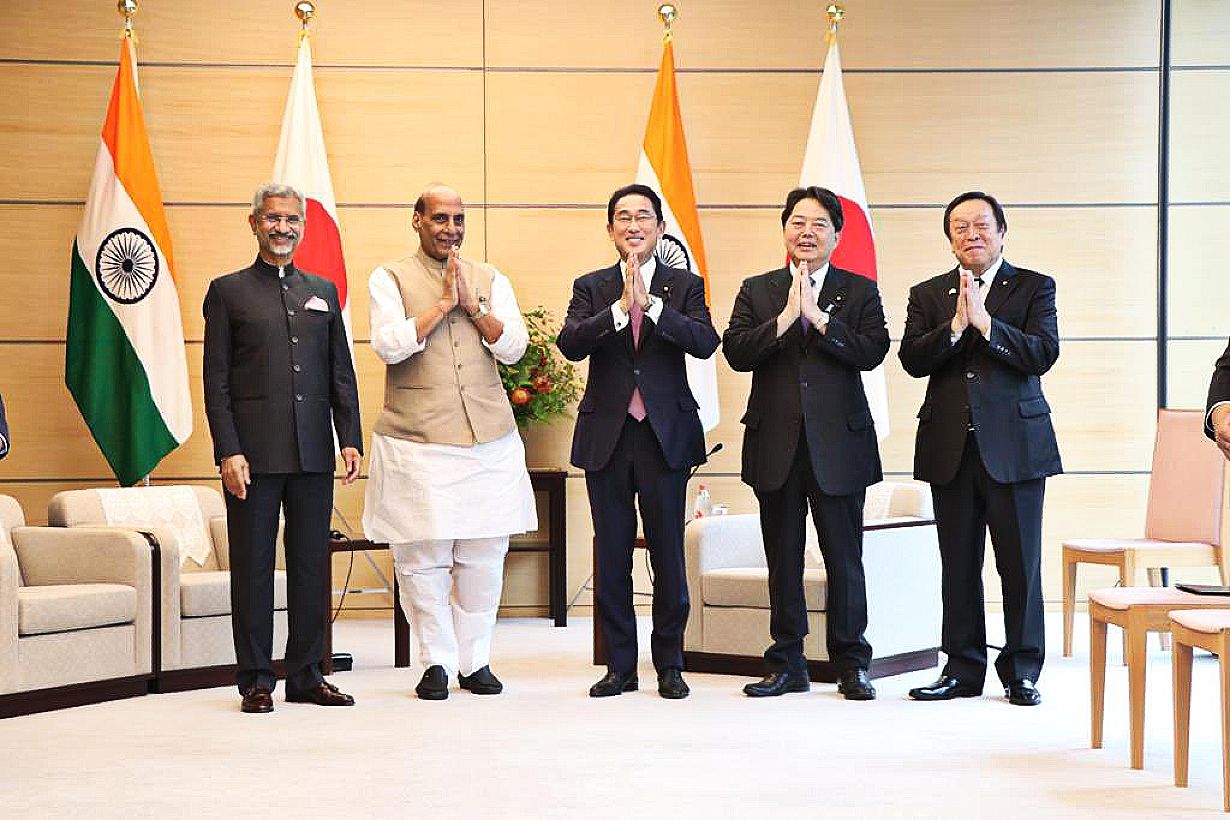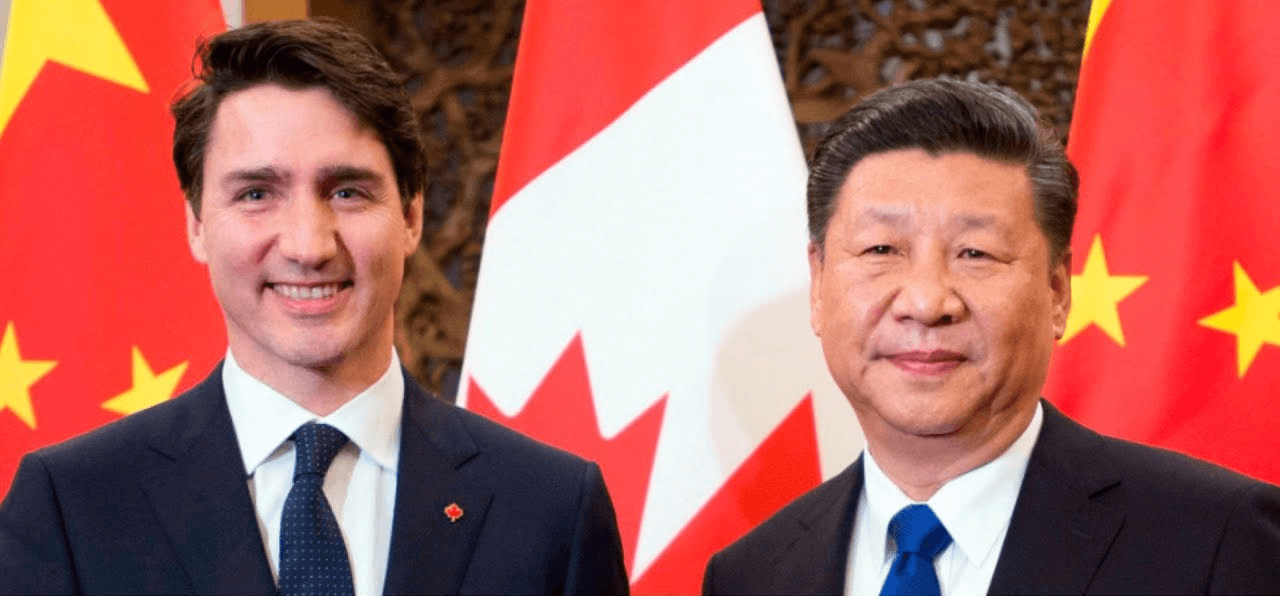She was a renowned journalist, but to her niece, Shireen was a Christmas-loving aunt and the ‘backbone’ of the family.

By Annette Ekin
Published On 24 Dec 2022
Each year, as Christmas approached, Lina Abu Akleh would look forward to spending time with her aunt.
Lina and her siblings – an older brother and a younger sister – would get together with their parents and their father’s younger sister at the family home in occupied East Jerusalem, where they’d enjoy a big Christmas lunch.
But this year, it is a day 27-year-old Lina is dreading.
That is because on May 11, Lina’s aunt, the 51-year-old veteran television correspondent, Shireen Abu Akleh, was shot dead by Israeli forces. She and other journalists – all dressed in protective helmets and blue flak jackets marked “Press” – were fired upon as they walked down a road in the occupied West Bank city of Jenin.
Her killing sent shockwaves around the world. The Palestinian-American correspondent, who worked with Al Jazeera for 25 years, was known to be a careful, dedicated journalist whose compassionate reporting centred on the voices and stories of Palestinians living under Israeli occupation.
That morning in May, Lina, who is campaigning for justice for Abu Akleh, did not only lose a beloved aunt but a “second mother” to her and her siblings. Abu Akleh was always there, “a backbone to our family,” she says.
“It was just my parents, my siblings and Shireen,” Lina adds.
“Not having her around, especially during Christmas will be very difficult … There will be an empty seat around the table.”

It is a Sunday evening in early December, and Lina is sitting in the ground-floor café of a hotel in the Dutch city of The Hague on the North Sea. The space is filled with the low chatter of diners and the tinkling of cutlery and glasses. A screen behind Lina displays a crackling log fire and a large Christmas tree stands by the hotel entrance.
December was traditionally a “happy month” when Abu Akleh could take a break from her busy job to spend time with Lina and her siblings who were often studying or working abroad during the year.
“She really enjoyed Christmas,” says Lina. They would often put up the family tree together and Abu Akleh loved the Ramallah Christmas markets, whose local vendors she liked to support.
Abu Akleh always thought of gifts for everyone, even her small fluffy white dog Filfel, named so in Arabic because like pepper he was “spicey” and always moving. One Christmas, Abu Akleh wrapped a crocodile-shaped squeaky toy and placed it under the tree. “He knew that it was his,” Lina recalls laughing. “And I remember we were laughing about it so much because she was just amazed. She’s like, ‘How did he know that it was his gift?’”

Many of Lina’s memories of Christmases with Abu Akleh are connected to food – something “Shireen loved”. On Christmas Eve, the family would have dinner at a restaurant in Ramallah with carols or some other festive entertainment, and then the next morning Lina’s mother would start to prepare lunch – a “feast”.
There would be warak dawali – stuffed grape leaves – and Lina’s mother, who is Armenian and whose parents once had a bakery specialising in lahmajoun (a flatbread with meat) in Jerusalem’s Armenian quarter, would make dishes like soubeureg – a time-consuming layered pastry made with homemade boiled dough “filled with cheese, parsley, and a lot of butter”.
“She always loved Armenian foods, especially my mom’s,” Lina explains.
Abu Akleh would come to the kitchen to help out. “But she would also be nibbling here and there, tasting the food. Like I can just picture her now walking around the kitchen,” recalls Lina smiling, before adding that her aunt would make a gesture of rubbing her hands together to show she was “excited to eat”.
“These were our traditions – nothing fancy – but it was still something we looked forward to,” says Lina of the family meals and pictures taken in front of the tree.
Lina shows a photo on her phone of a smiling Abu Akleh standing in front of the Christmas tree one year as she holds Filfel who is dressed in a green and red jumper with “Merry Christmas” and a candy cane on it.
“I’m dreading it because I will not be waking up to her Merry Christmas wishes,” says Lina, before repeating those words in Arabic in the melodic way that her aunt would say them – with a big smile on her face and her head tilted to one side.

‘Find the silver lining’
Lina smiles often when she talks about her aunt, with whom she would speak or message daily. “We had a very close connection,” she says.
Abu Akleh was a household name in the Arab world in which many grew up hearing her legendary sign-off. “It was the iconic sign-off that I think generations grew up trying to imitate,” explains Lina. As a child, she would take her aunt’s notebooks and run to sit at her Lego table and “report”, signing off with her Barbie phone: “Lina Abu Akleh, Al Jazeera, Palestine.”
For Lina, her aunt was accomplished, poised and brave. “I wanted to be like Shireen. To me, she was my role model.”
Despite her serious on-camera persona, Lina says her aunt was funny – and “fun to be around.”
Abu Akleh always had stories to share and even after a whole day of reporting and speaking to people, she was always interested in hearing what Lina and her siblings had been up to.
Lina rarely saw her aunt tense or angry and remembers her as “always smiling” and down-to-earth. “She would always find the silver lining in every situation and try to be optimistic.”
Still, Lina and her family worried about Abu Akleh – when she was pushed by Israeli forces last year while covering forced expulsions of Palestinians and the crackdowns on protesters at Al-Aqsa Mosque, endured tear gas or was harassed by settlers.
But she always reassured them, “’No, we are journalists, don’t worry,’ even though she knew deep down that at some point they are targets,” recounts Lina.
During tense periods of the Israel-Palestine conflict, seeing her aunt live on television would reassure Lina that she was safe.
“I never thought that she would get killed,” she says.
On the morning of May 11, Lina’s father called to tell her Abu Akleh had been injured. She called her colleagues to get more information and learned she had been shot. Still, Lina didn’t think it was anything too serious. “My mom was like, pray, pray. And she started lighting all these candles around the house.” Then, a couple of minutes later, Lina called Abu Akleh’s colleague back to hear them sobbing and screaming. “That’s when I knew,” she says.
Speaking nearly seven months after Abu Akleh’s death, the shock is still raw. “I still feel like I’m in this nightmare. And it’s just not ending,” she acknowledges.
“She was so present in our lives that for us to lose her in this sudden and heinous way makes it so difficult to comprehend.”
Fighting for justice
Israel has changed its narrative on the killing of Abu Akleh, initially blaming a Palestinian gunman, before months later saying there is a “high possibility” the journalist was “accidentally hit” by Israeli fire. The Israeli authorities have said they will not launch a criminal investigation.
In September, Abu Akleh’s family submitted a complaint to the International Criminal Court (ICC), while Lina and her father along with former colleagues came to The Hague in December for Al Jazeera’s submission of a formal request to the ICC to investigate the killing.
But Lina, who has become the face of this campaign for accountability, is still learning how to navigate a public fight alongside her personal grief. “It hasn’t been easy to fully sit with my feelings and reflect back on the past six months and understand how this tragedy has shaped our lives,” she reflects.
What keeps her going is knowing that had it been another family member, friend or colleague, Abu Akleh would have tirelessly fought for justice. “She was optimistic, always, that justice will prevail.”
Lina also wants to constantly remind the world who Abu Akleh was and “make sure her legacy continues to be remembered, her name is remembered, her memory’s alive.”

For Lina, keeping her aunt’s memory alive is also about remembering her optimism.
Even now, she believes her aunt would want her to be enjoying her life – something Lina has struggled with. “I would feel guilty if I’m doing something fun,” she admits. Lina wore black as a sign of mourning for six months and still often does. “It’s very difficult. But I try to always remember her words telling me … enjoy life.”
“Everything I do in life now reminds me of her,” she says, explaining how her aunt would have been the first person to text her after she arrived in The Hague. She loved turning on her phone after a flight to find texts from Abu Akleh, who was always excited to hear what she was doing and tell her to send pictures. “She’s no longer part of my journey,” Lina says.
“Regardless of how difficult and demanding her job was, she was there, for every occasion, every milestone, every birthday, every celebration – she was present.”
 File Image: QUAD Nations Meet
File Image: QUAD Nations Meet File Image: Justin Trudeau and Xi Jinping
File Image: Justin Trudeau and Xi Jinping

